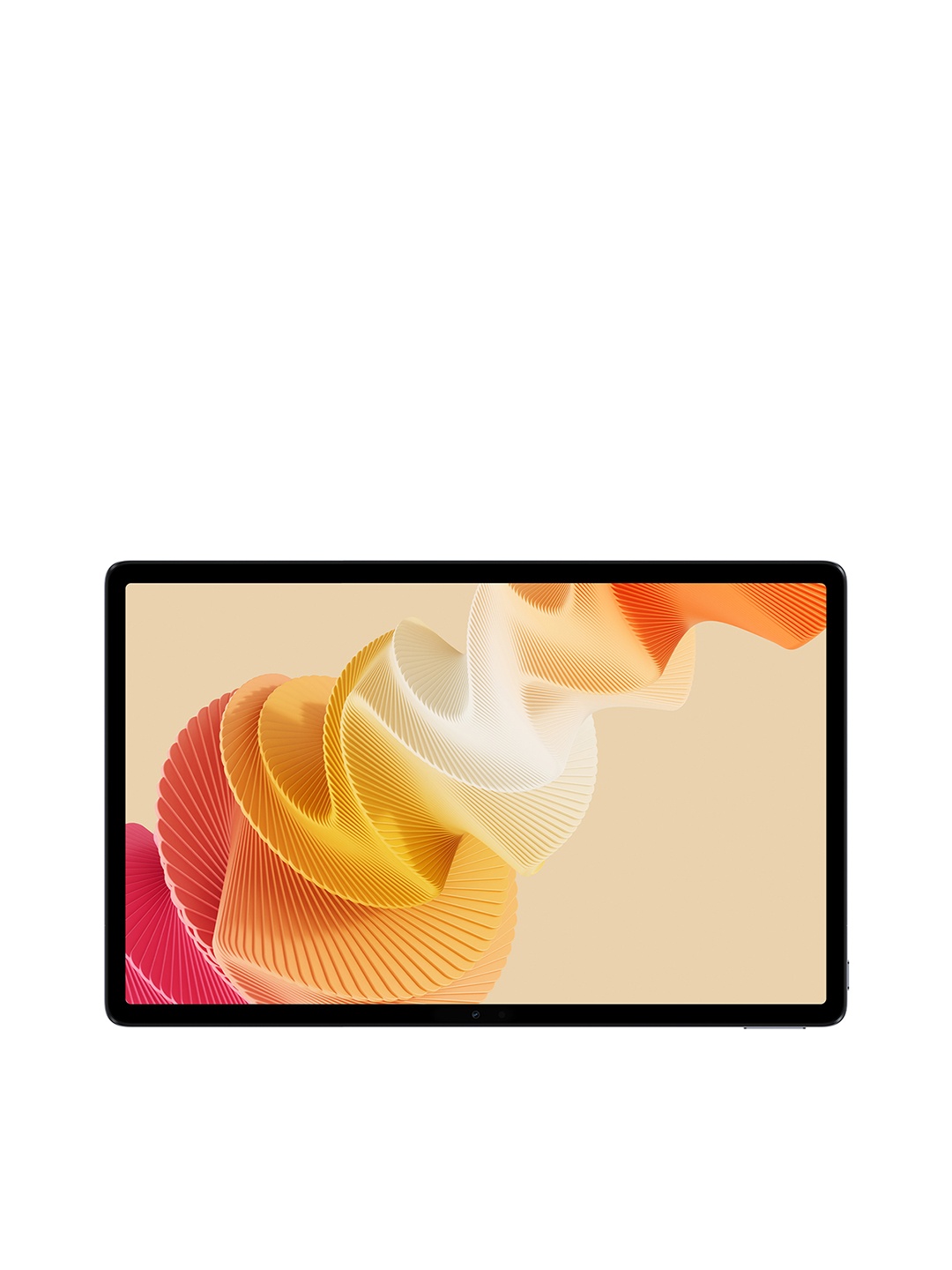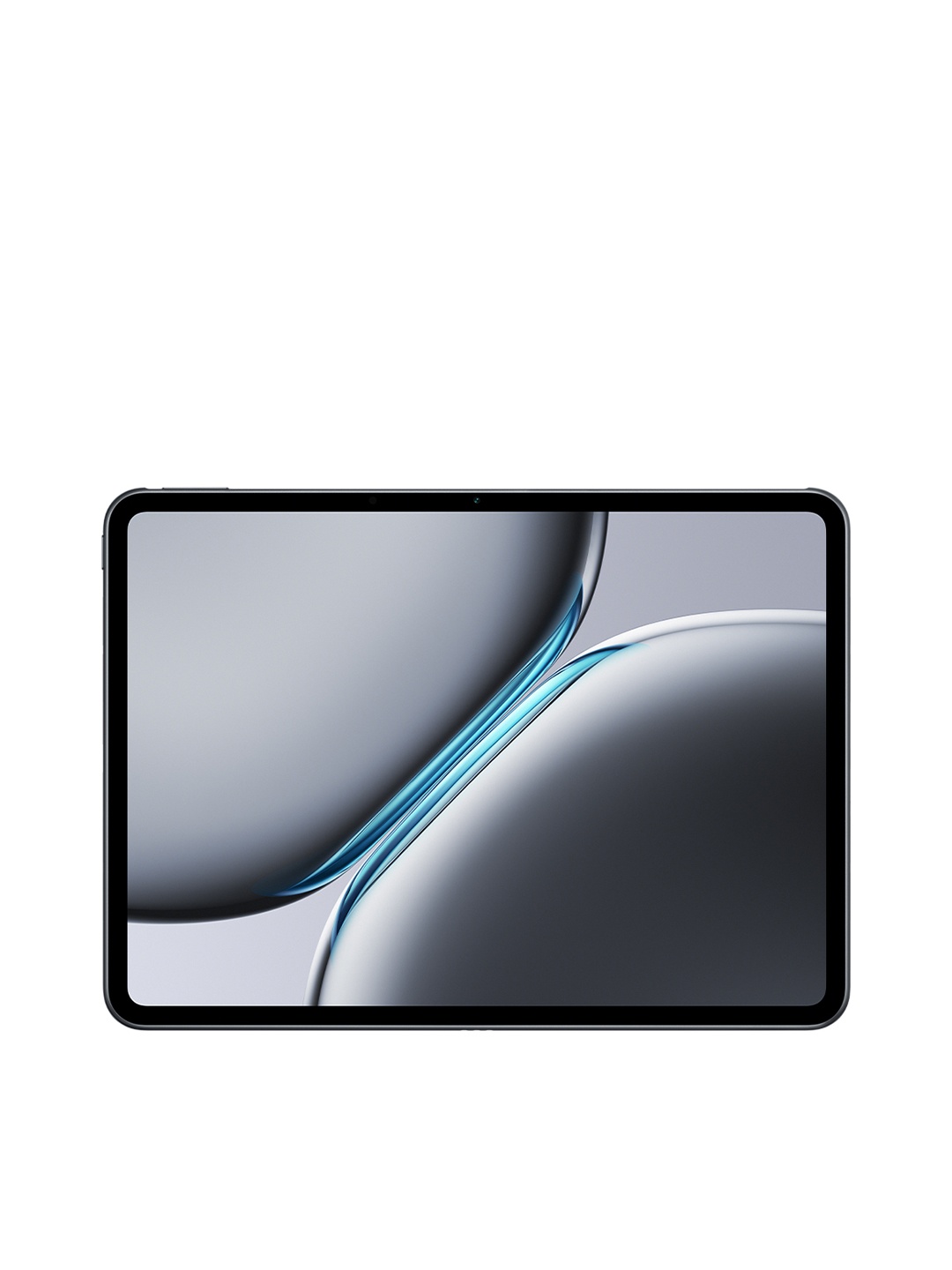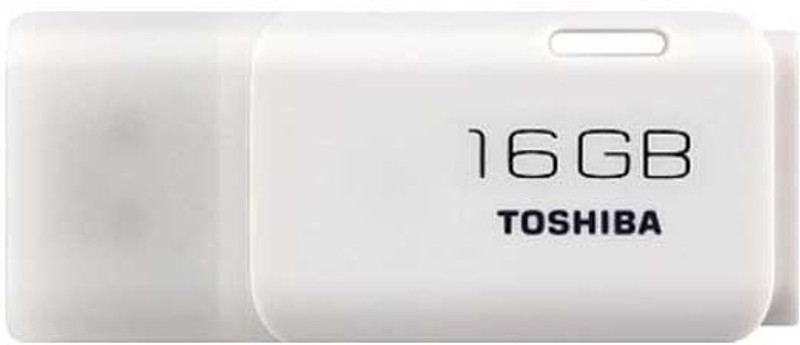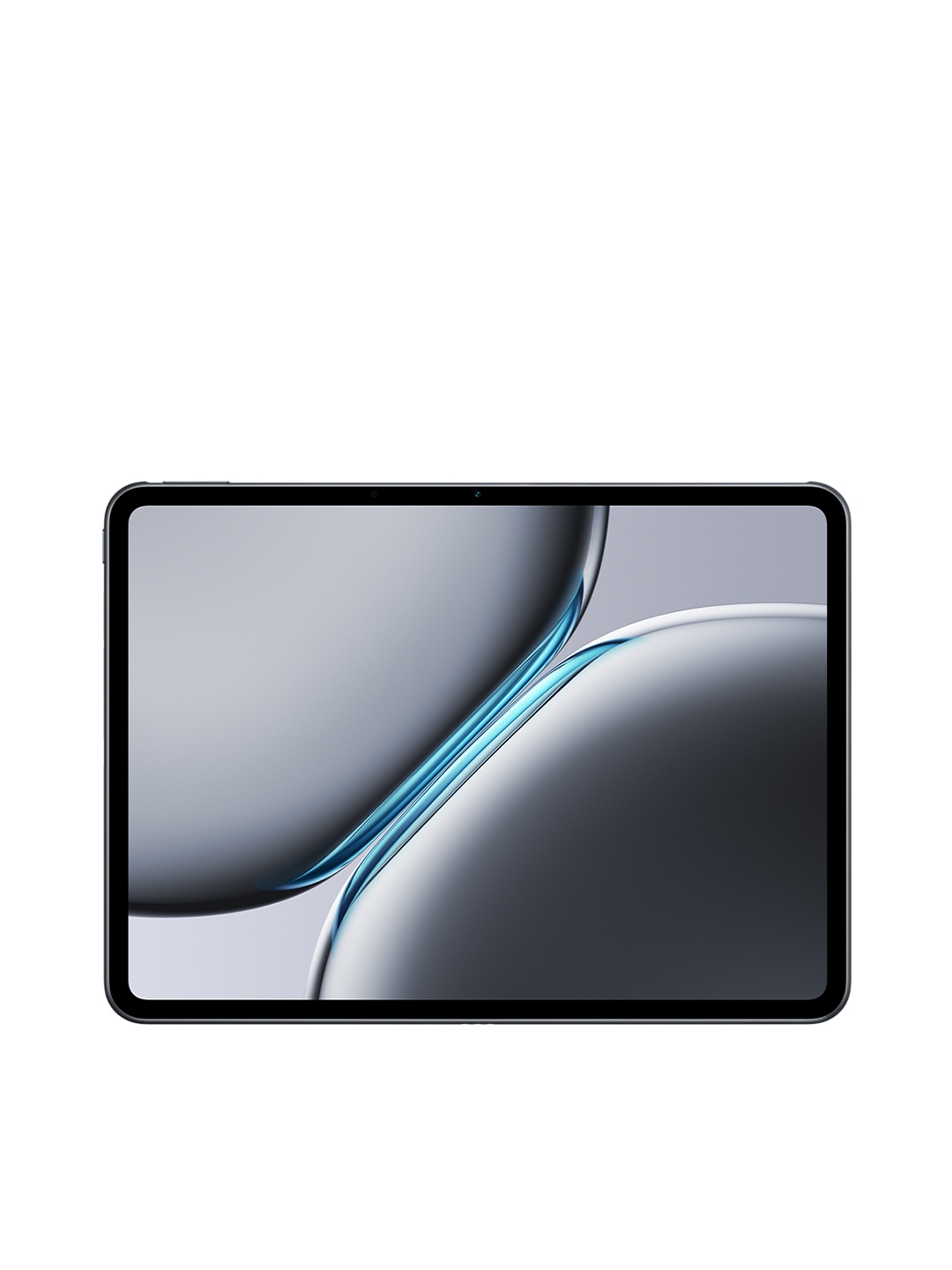Car Tyres Looking Dull After Washing? How to Make Them Shine And, From Shell To Michelin, Top Products To Use

You've just washed your car on a bright Sunday morning. The bodywork is gleaming, the windows are spotless, and for a moment, your vehicle feels brand new again. But then your eyes drop to the tyres. Dull. Lifeless. A greyish rubbery tone that ruins the whole aesthetic.
It's frustrating, isn't it? Especially when you've spent your morning wrestling with a hose and suds. Clean tyres should look deep black, slightly glossy, the kind that makes people glance twice as you roll past. Yet most home washes leave them looking faded, tired, and frankly, a bit sad.
So, why does this happen, and more importantly, how do you fix it without spending a fortune at a professional detailer? Let's dive into the common culprits behind dull tyres and discover some brilliant home remedies that bring back that enviable jet-black finish and products to use from Shell to Michelin now available on Amazon.
1. Tyre Rubber Is Naturally Porous And Prone To Drying Out
It may not seem obvious, but rubber tyres are incredibly porous. They soak up moisture and then slowly release it, especially in hot weather or after repeated washes. Unlike your car's paintwork, tyres don't have a protective clear coat to lock in their finish. The result? They dry out quickly and fade to a chalky grey, even after a good clean.
This drying effect is worsened by the sun's UV rays, which not only fade the colour but also speed up the degradation of rubber compounds. Over time, your tyres lose their flexibility, start cracking at the sidewalls, and of course, look dull.
Quick Fix: After washing and drying, massage in a rubber conditioner or tyre gel. If you don't have one to hand, a simple homemade mix of water and glycerine (available at pharmacies) can work wonders. It hydrates the rubber, restores elasticity, and adds a soft sheen without greasiness.
2. Soap Residue Is Secretly Sabotaging The Shine
Sometimes it's not the tyre, it's your soap. Many household detergents or dish soaps are too harsh for car surfaces, especially tyres. They're designed to cut through grease, which is great for dishes but terrible for rubber. These soaps strip away natural oils and leave behind residue, which dulls the surface and can even cause blotchy discolouration.
Even car shampoos can sometimes leave residue behind if they're not properly rinsed or if you're using hard water. This chalky layer sits on the tyre and makes it look patchy.
Quick Fix: Switch to a pH-balanced car shampoo and always do a final rinse with distilled water (or rainwater, if you're eco-thrifty). This removes mineral deposits that cause streaks or white marks. A microfibre towel dry at the end helps prevent water spots too.
3. Brake Dust Builds Up More Than You Think
Every time you hit the brakes, tiny bits of brake pad and metal wear off and coat your wheels and tyres. This brake dust is a nightmare, it's corrosive, clingy, and made of fine particles that embed themselves in rubber textures. You might clean the surface, but the embedded grime still dulls the finish.
Over time, brake dust mixes with road dirt and forms a gritty film that basic soap and water can't shift. If you skip dedicated tyre scrubbing, this dirt remains stubbornly in place.
Quick Fix: Use a stiff-bristled tyre brush and a separate cleaner designed for wheels and tyres. Look for citrus-based degreasers if you want a more natural alternative. Scrub in circular motions and rinse thoroughly. You'll be amazed how much grime hides in the grooves.
4. You're Forgetting To Dry And Protect Post-Wash
Air-drying may seem harmless, but for tyres, it's a missed opportunity. When left to dry on their own, water evaporates unevenly, leaving mineral spots, streaks, and dull patches. On top of that, tyres need more than just cleaning, they need sealing and protection to maintain that fresh, dark look.
Skipping this step is like washing your face but skipping moisturiser, sure, it's clean, but it feels tight, dry, and looks dull.
Quick Fix: After washing, dry each tyre with a clean towel. Then, apply a tyre protectant or shine spray. If you're avoiding store-bought products, a light coat of olive oil (yes, really!) buffed in with a soft cloth offers a natural sheen. Just don't overdo it, you want a glow, not a slip hazard.
Also Read: Rev Up Your Ride: Explore Deals On Tyre Inflator And Vacuum Cleaner At Amazon
5. Weather And Road Conditions Are Working Against You
Let's be honest, tyres take a beating. From rain and potholes to mud splashes and sun exposure, they're the most abused part of your vehicle. All this exposure strips away any previous shine treatments and leaves the rubber dull and grimy faster than you'd expect.
Monsoon grime, for instance, can be oily and tough to remove. Summer dust bakes onto the surface. Even a trip through muddy roads means your tyres need more than a rinse.
Quick Fix: Consider using a tyre sealant once every few weeks, especially after a deep clean. These products create a water-repelling barrier that keeps the shine lasting longer, rain or shine. And if you're caught in unpredictable weather, give tyres a quick wipe when drying the car, it helps extend the time between detailed washes.
6. You're Using The Wrong Tools For The Job
A lot of people just splash some soap on and wipe the tyres with whatever rag is nearby. But tyres have textured sidewalls that require a different approach. Using soft cloths or sponges alone won't dig deep enough to remove embedded grime, while using metal brushes or harsh scrubbing pads can damage the surface.
Some tools even leave lint behind, which clings to tyre dressing and spoils the finish.
Quick Fix: Invest in a tyre-specific cleaning brush with firm but non-scratching bristles. Use a separate brush for tyres (never the one used on your paintwork!) and clean in circular strokes to lift dirt from every ridge. For drying and polishing, a lint-free microfibre towel or sponge applicator works best.
7. Tyre Shine Products Can Work Against You Over Time
Ironically, some of the popular tyre shine products can actually cause long-term dullness. Many aerosol or high-gloss sprays contain petroleum distillates or silicone that initially give a dramatic wet look but break down rubber over time. Repeated use can lead to browning, cracking, or that dreaded greasy finish which attracts more dirt than it repels.
Even worse, these slick coatings can fling off during driving, splattering your bodywork with oily spots.
Quick Fix: Opt for water-based tyre dressings. These are non-toxic, biodegradable, and safer for your tyres and the environment. They create a healthy-looking matte or satin finish (depending on how much you apply) and help preserve the rubber's condition over time.
8. You're Cleaning The Tyres Last, And That's A Mistake
Most people leave tyre cleaning until the end, thinking it's just a finishing touch. But if you clean the body first, then move to the wheels, all the soap, dirt and grime run back onto your clean tyres, ruining your hard work. It's a common mistake that leaves tyres looking streaky and neglected.
By the time you get to them, your wash water is already murky, and your sponge or towel may just be spreading dirt around rather than cleaning.
Quick Fix: Always start with your tyres and wheels. They're the dirtiest part of the car, and cleaning them first means you can rinse everything down properly without re-contaminating other surfaces. Use separate tools, and don't forget to give them a final wipe after you finish washing the rest of the car.
Shell To Michelin, Check Top Products Related To This Article Available On Amazon
1. Tetraclean Wheel Tyre Polish and Cleaner for Ultimate Shine of Tyre
2. Tbolt Foam Cleaner
3. Shell Tyre Cleaner (250 Ml)
4. Grand Pitstop Paddock Stand Wheel Roller for Bike Cleaning and Lubrication with Motorcycle Chain Cleaning Red Brush
5. MICHELIN Wheel Cleaner
6. Ramanta Wheel Tire Rim Scrub Brush Hub Clean Wash Useful Brush Car Truck Motorcycle Bike Washing Cleaning Tool
7. Kangaroo Rust Remover Spray
8. Meguiar's G9524 Hot Rims All Wheel and Tire Cleaner
Clean tyres are the unsung heroes of a well-kept car. They add definition, drama, and that final touch that makes your vehicle look complete. But as we've seen, dull tyres aren't just about dirt, they're about neglect, the wrong products, and misunderstood maintenance routines.
The good news? You don't need a professional detailer or expensive kits to fix the problem. Just a few changes to your cleaning routine, from starting with the right tools to applying hydrating conditioners, can make all the difference.
So next time you wash your car, give your tyres the VIP treatment they deserve. Your Sunday mornings will feel that bit more satisfying when your car rolls away not just clean, but truly gleaming, from bonnet to bumper to beautifully black tyres.
Disclaimer: The images used in this article are for illustration purpose only. They may not be an exact representation of the products, categories and brands listed in this article.





























